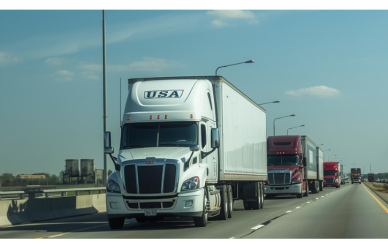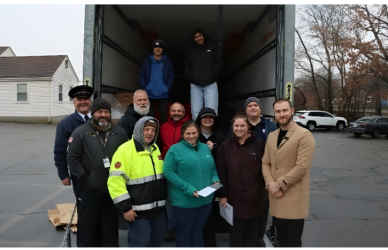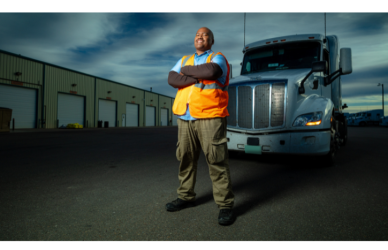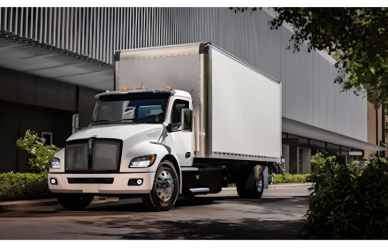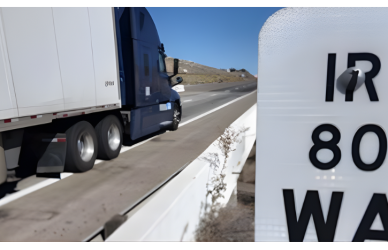The ongoing battle to improve air quality is unfolding in the trucking industry, where the push for cleaner technologies is gaining momentum.
Electric trucks have become a common sight on sales lots, with most manufacturers now offering electric or hybrid-electric models. Major motor carriers, including J.B. Hunt, Walmart, and FedEx, have already integrated electric trucks into their fleets, primarily for final-mile, drayage, and yard tractor applications.
With individual states and the federal government adopting stricter environmental laws targeting emissions, the pressure on the trucking industry to transition to electric rigs is intensifying. However, the question remains: Are electric trucks a feasible solution for an industry deeply rooted in diesel fuel for over a century?
“As an industry, we continually strive to make the environment a better one for those that will inherit it,” said Dave Heller, senior vice president of safety and government affairs for the Truckload Carriers Association (TCA). “The evidence of the achievements our industry has already accomplished has demonstrated exactly that.”
As the trucking industry’s indispensable role in the global economy continues to expand, there’s a simultaneous reduction in its environmental footprint, according to Heller.
“Truck engines manufactured today emit 98% less nitrogen oxide and particulate matter than those built 35 years ago,” he said. “In fact, it takes 60 of today’s trucks to emit what just one truck emitted in 1988. The long-haul trucking sector has been developed based upon centuries of technological advancements that have gotten us to where we are today. It would be irresponsible of us to think that a diesel replacement won’t take just as long.”
While some states are pushing for stringent environmental laws, requiring trucks to meet ambitious environmental standards, Heller argues that the existing power grid is ill-prepared for widespread electric vehicle adoption.
“The reality is that as aggressive as these timelines are, we just are not there as a nation,” he said. “Electricity has shown tremendous promise, but today, it cannot replace the impact that the diesel engine has in serving the U.S. economy. A rush to replace it would serve as shortsighted and irresponsible at a time when the needs of the national freight system are so paramount.”
Concerns about electrification and emissions standards are shared by other industry leaders. At the Arkansas Trucking Association’s 2023 annual conference, American Trucking Association President and CEO Chris Spear emphasized the need to amplify the industry’s voice regarding stricter emissions standards.
The Environmental Protection Agency’s (EPA) Clean Trucks Plan, specifically its third phase, has become a focal point in the debate over big rig emissions.
“Phase 3, on NOx, that’s the toughest stuff,” Spear said. “It’s like squeezing blood out of a rock.”
The plan aims to reduce the production of diesel-fueled rigs, replacing them with vehicles powered by electricity or alternative fuels. The EPA’s recent finalization of the plan in December 2022 targets a cut in smog- and soot-forming emissions from new heavy-duty trucks starting with the model year 2027.
While acknowledging the industry’s strides in reducing emissions from diesel engines, Spear, like Heller, believes that electric trucks are unlikely to dominate the industry in the near future. The debate over the future of trucking’s power sources continues, with industry leaders navigating the complexities of environmental regulations and technological advancements.
Source: The Trucker



